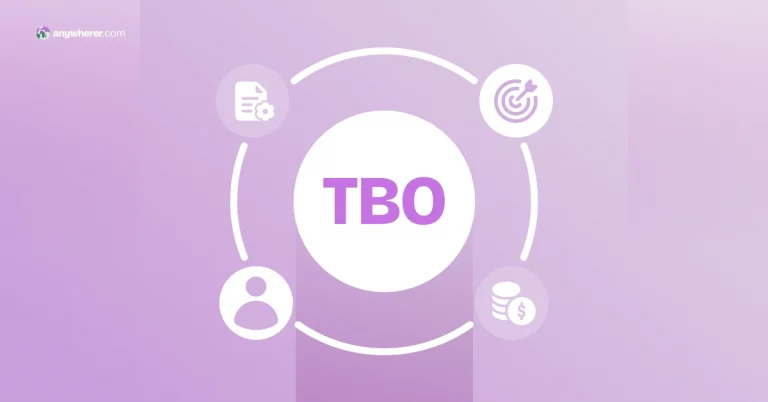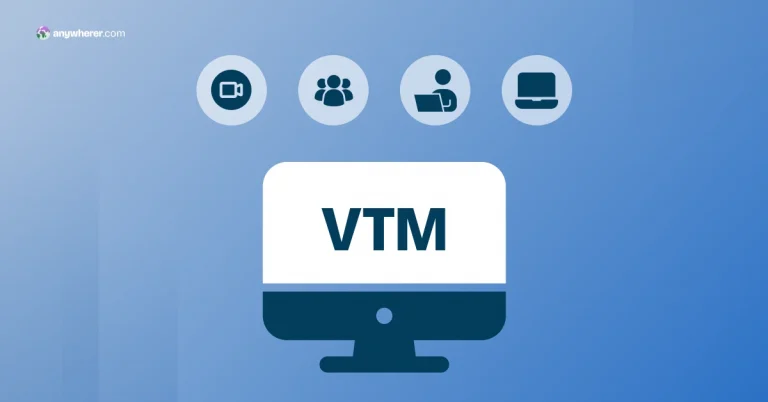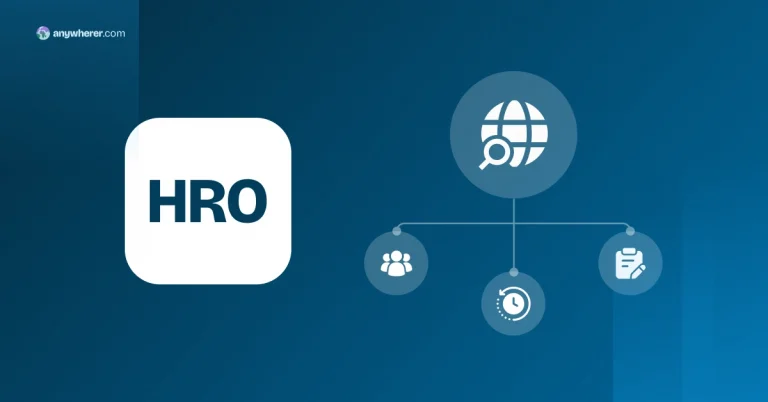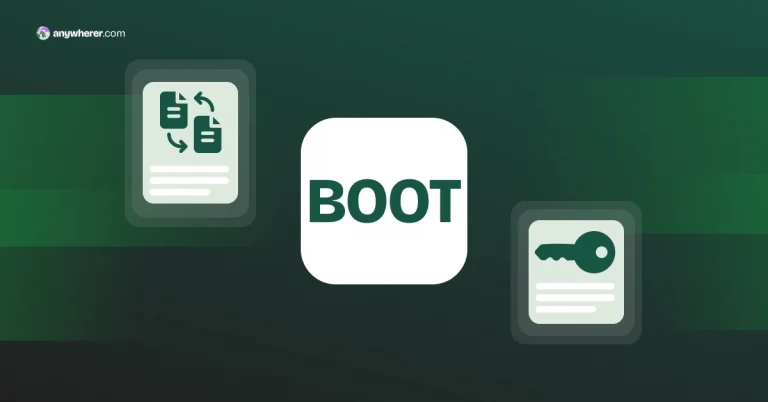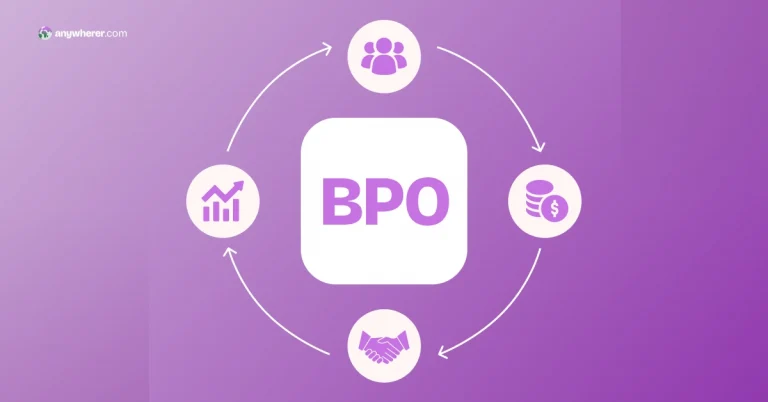Navigating the legal and taxation systems, regulatory compliance, talent acquisition, and many other processes related to opening a new facility in a foreign country can be challenging. So many companies opt for the Build, Operate, Transfer (BOT acronym) model, in which a vendor takes on the associated responsibilities.
The Build Operate Transfer concept isn’t new. According to Deloitte, the model sparked a wave of interest in the early to mid-2000s among US-based companies that wanted to enter new markets overseas. Though the number of such deals waned in the mid-2010s, current technologies provide a framework for a new surge of BOT-based projects in IT, infrastructure, manufacturing, and other industries.
This article explores the BOT model meaning and explains the key aspects of such a partnership: key phases, Build Operate Transfer pros and cons, and tips for a successful collaboration.
What Is Build Operate and Transfer Model?
Build-Operate-Transfer is a type of partnership in which an organization hires a service provider to set up and optimize operations to transfer them later to the customer. The name also outlines the key stages:
- The Build stage involves hiring and setting up the necessary infrastructure the operations team requires. Here, the vendor also designs the strategy to integrate the new office or facility with the company’s culture.
- At the Operate phase, the vendor installs and optimizes all the business processes. It also implements the core values of the company and its culture, so this BOT project integrates seamlessly into the customer’s company.
- At the Transfer stage, the customer can acquire this asset, moving from outsourcing to buying. This means having a fully operational team.
This turnkey outline differentiates the BOT from most other service providers. They manage the full cycle, from opening an office to transferring ownership rights, not just specific tasks like managing employees or payroll accounting.
BOT Definition
BOT (Build Operate Transfer) is an outsourcing strategy where a third-party vendor builds a subsidiary, operates it for a defined period, and then transfers ownership to the client.
The BOT model is widely used in the public sector, particularly for large-scale infrastructure projects. Governments use it to attract private investors to build roads, bridges, airports, and power plants. They allow private companies to operate these projects for a set period before transferring them back to the government.
However, other industries, especially IT, also adopted this strategy. According to the Global Outsourcing Survey 2024, organizations use the BOT model as a pathway to setting up Global In-Source Centers (GICs) with 50% of companies claiming they have already leveraged the BOT model or are in the process of doing so.
The BOT model is commonly used in setting up Offshore Development Centers, where companies establish a dedicated overseas team, initially managed by a service provider before transitioning into an in-house operation.
The BOT Process Stages Explained in Detail
As the Build Operate Transfer definition suggests, this model consists of three core phases. Here, we’ll examine each stage in more detail, highlighting key activities they cover.
Build Phase: Establishing the Foundation for a Successful Transfer
The goal of this stage is to establish a fully functioning operational unit that aligns with the company’s long-term objectives. This requires fulfilling tasks, such as:
- Infrastructure setup: open an office and create an IT infrastructure, data center, and/or manufacturing facility.
- Legal and compliance: register the subsidiary, obtain licenses, and ensure compliance with local labor and tax laws.
- Talent acquisition: hire employees with experience relevant to the BOT project needs.
- Technology and process implementation: install software, development environments (for IT projects), security measures, and workflows.
- Training and knowledge transfer: train the workforce in company-specific methodologies and best practices.
Operate Phase: Managing and Optimizing the Built Entity
The goal of this stage is to ensure stability, efficiency, and seamless integration with the parent company’s ecosystem before the ownership transition.
Activities involved in this process include:
- Daily operations management: oversee production, software development, IT support, and other such services.
- Performance monitoring: quality control of the team’s KPIs, benchmarks, and other measures.
- Knowledge and culture alignment: integrating employees with the parent company’s values and workflows.
- Process optimization: continuous improvements in workflows and cost-efficiency.
- Financial planning and control of expenses: optimizing budgets before transfer.
Transfer Phase: Seamlessly Transitioning Ownership and Operations
The third stage aims for a fully self-sustaining and independently managed operation that aligns with the set business goals.
Key activities include:
- Transition of ownership: assuming legal and financial responsibility for the entity.
- Employee integration: formal transition of the team under the parent company’s management and HR policies.
- Infrastructure handover: transferring ownership of software, hardware, and systems.
- Finalization of processes: final adjustments to the workflows, reporting, and performance management.
- BOT partner exit: ensuring a smooth handover.
Advantages of Build Operate Transfer Projects
The BOT model provides many benefits to expanding businesses, which can vary based on the project goals, location of the new entity, and other factors. Let’s explore some of the most common upsides.
- Accelerated time to market and operational efficiency
Using Build Operate Transfer consulting services means you don’t lose focus on the core operations. While the BOT partner handles setting up and running the new operation, the parent company can focus on strategy, innovation, and business growth.
An external vendor runs the process of establishing a new entity alongside your company’s main activities. You also don’t need to allocate existing resources or spend time making sense of foreign legislation. This provides more basis for completing the BOT process within your ideal timeline.
- Maximizing cost efficiency
Since you don’t yet own the operation, you avoid a big one-time Capital Expense (CapEx). Costs are gradually transferred during the Operate phase, making it a more manageable Operational Expense (OpEx) instead.
A BOT vendor uses its resources and expertise to create a legal entity, build the necessary infrastructure, hire personnel, etc., which can lower initial expenditures.
If we take the Build Operate Transfer model in IT industry as an example, instead of buying servers, setting up networks, or renting large spaces, a software company would utilize the provider’s resources until they take ownership. In some cases, the BOT model is leveraged within Managed Services, where a provider initially builds and operates IT, cybersecurity, or infrastructure solutions for a client before transferring ownership once operations reach maturity.
- Business continuity and risk diversification
Establishing operations in several regions reduces reliance on a single country or market. This helps mitigate risks like political instability, economic downturns, or regulatory changes that cause delays in operations or even bring them to a halt.
A subsidiary can service certain operations without disruptions. For example, a customer support office in a different time zone will help provide 24/7 access to a product used by global audiences.
- Increased investment opportunities
Build Operate & Transfer solutions allow organizations to expand their market reach to foreign locations that have a varied investment pool. For example, a construction subsidiary in a third-world country that builds highways may attract businesses that want to fund the travel and manufacturing industry in this location.
- Innovation opportunities
Many markets are renowned for their innovation across various sectors. The Build Operate Transfer (BOT) model allows companies to establish R&D centers in these innovation hubs by leveraging local expertise and infrastructure. For example, Japan is a global leader in robotics, making it an ideal location for companies looking to expand their R&D center capabilities in industrial and service robotics. Through BOT, businesses can efficiently set up operations, access top-tier talent, and integrate into the local innovation ecosystem before taking full ownership.
BOT Model
Pros and Cons
Advantages
- Faster time to market
- Cost and operational efficiency
- Risk diversification and business continuity
- Easier compliance and legal setup
- Increased investment opportunities
- Access to innovation
Considerations
- Vendor dependency
- Intellectual property and data security risks
- Exit and transition challenges
- Hidden costs
- Cultural and communication barriers
Risks Associated with the BOT model
While the Build Transfer Operate model has many advantages, there are also some considerations to keep in mind. Here, we explore possible downsides and mitigation strategies based on some Build Operate Transfer examples.
Dependency on the BOT vendor
Since companies rely heavily on the BOT provider, they risk operational inefficiencies, delays, or financial losses in case the vendor performs below expectations.
- Example: A tech startup partners with a BOT provider to build a software development center. However, the vendor struggles to recruit developers with relevant experience, leading to a missed MVP deadline.
- Mitigation strategy: To minimize the risk of poor talent acquisition, companies should conduct due diligence before selecting a BOT provider and establish clear recruitment benchmarks and escalation procedures in the BOT agreement. This could include predefined timelines for hiring key roles, involving internal teams in the recruitment process, or setting contingency plans such as engaging external recruiters if the vendor fails to meet employment targets.
Intellectual property and data security risks
As a third party, a BOT vendor may handle sensitive source code, trade secrets, and customer data during the Operate phase. Weak cybersecurity measures can lead to IP theft or data breaches.
- Example: After the ownership transfer, a SaaS company discovers that a former employee leaked proprietary algorithms to a competitor.
- Mitigation strategy: Though NDAs and IP protection clauses in contracts are necessary, they can’t be considered good cybersecurity measures. Consider implementing a Privileged Access Management (PAM) solution with a Zero Trust policy to ensure that employees have access only to the resources they need to do their job when they need it.
Exit and transition failure
If the BOT provider fails to deliver on its commitments, you risk taking over an underperforming operation. Poor transition planning can also lead to reduced productivity and employee turnover.
- Example: A telecom company uses the BOT model to set up a call center in a neighboring country. Upon transfer, 80% of staff resigns due to the BOT provider’s poor HR practices.
- Mitigation strategy: A transition rehearsal before the final transfer may point to any misconduct cases and provide room for improvement. A contingency plan for hiring and operations can also mitigate negative consequences that emerge after the transfer.
Cases When BOT Is a Perfect Fit
- You want to enter a foreign market with an unfamiliar legal, cultural, or regulatory landscape.
- You are cautious about high initial capital expenditures.
- When you are uncertain about the potential success of a new market or product.
- When you require access to skilled talent in a foreign region.
- If you need special expertise to handle complex operations.
- When you want to establish a long-term strategic presence in a new location.
How to Choose a Reliable BOT Project Vendor
A meticulous selection of a Build-Operate-Transfer consultant or partner is also a good way of mitigating and preventing possible issues.
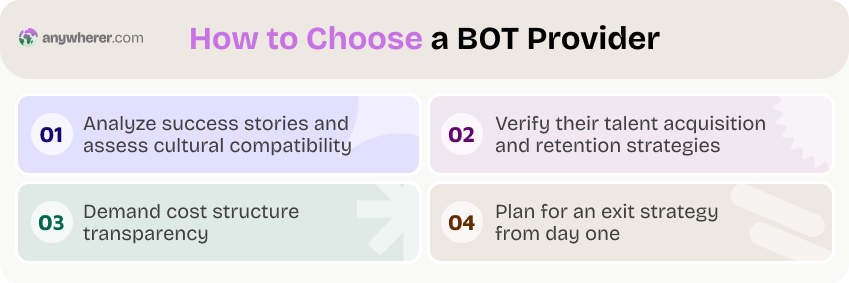
1) Analyze success stories. Seek industry-specific experience within the BOT provider portfolios. Check if they worked with companies similar to yours in size and complexity.
2) Assess cultural compatibility. Ensure the vendor understands your corporate culture, values, and work style. Set up a trial communication process to evaluate these points, as well as language proficiency, before committing to a provider.
3) Verify their talent acquisition and retention strategies. Ask to provide a recruitment pipeline to ensure a vendor has access to top talent in their region and invest in workforce upskilling and certifications. You can also investigate the employee retention rate in their previous projects.
4) Demand cost structure transparency. Request a detailed cost breakdown, including any extra fees that may arise during the stages.
5) Plan for an exit strategy from day one. Clearly define the transition timeline, deliverables, and success criteria at the initial stage and ensure. You can also opt for a hybrid transition, in which key BOT provider employees will stay with the subsidiary for a set period after the transfer.
Final Thoughts on the Value of Using BOT
The Build-Operate-Transfer model is a powerful strategy for companies looking to expand efficiently while minimizing upfront investment risks. By leveraging a trusted BOT provider, businesses can accelerate market entry, optimize operations, and ensure a smooth transition to ownership. While challenges such as vendor dependency and IP security exist, these risks can be mitigated through careful provider selection, transparent agreements, and strategic exit planning.
Whether in IT, infrastructure, or manufacturing, the BOT model provides a scalable, cost-effective way to establish new operations while maintaining business continuity and long-term growth.
FAQs about the BOT Model
Is the BOT model suitable for small and medium-sized businesses, or is it more tailored to large corporations?
While commonly used by large corporations for cost savings and scalability, SMBs can also benefit, especially if they want to expand operations without taking on the risks of setting up a new center from scratch.
Can the BOT model be customized to fit specific business needs?
Yes, the BOT model can be tailored to match specific needs, including team size, tech stack, operational processes, compliance requirements, and transition timelines. A Build Operate Transfer consultant can help assess these requirements and provide an understanding of how the model can work for your organization.
How does the BOT model contribute to long-term business growth?
The BOT model helps reduce upfront investment risks by providing access to global talent pools. It also ensures a smoother transition into new markets or operations, creating a foundation for sustained business expansion and innovation.
What are the first steps for a company interested in exploring the BOT model?
If a company finds the BOT a suitable option, the first step is to define business objectives and scope. This will help ensure this is the right choice and provide a basis for planning and implementation. The next steps are identifying a reliable BOT service provider, establishing a clear transition roadmap, setting up governance and operational processes, and monitoring and evaluating performance before transfer.
Can the BOT model be used for short-term projects?
While BOT is typically a long-term strategy, it can be adapted for short-term needs if structured with an accelerated transition plan.
What types of agreements or contracts are typically involved in the BOT process?
The BOT model typically involves such agreements as:
- Intellectual Property (IP) Rights Agreement – clarifies ownership of assets.
- Master Service Agreement (MSA) – defines the overall engagement.
- Service Level Agreement (SLA) – outlines performance expectations.
- Transition Agreement – specifies the transfer timeline and terms.
- Non-Disclosure Agreement (NDA) – ensures data security.
Explore the Build Operate Transfer meaning and key aspects to verify if it is a viable option for expanding your business.

Yaryna is our lead writer with over 8 years of experience in crafting clear, compelling, and insightful content. Specializing in global employment and EOR solutions, she simplifies complex concepts to help businesses expand their remote teams with confidence. With a strong background working alongside diverse product and software teams, Yaryna brings a tech-savvy perspective to her writing, delivering both in-depth analysis and valuable insights.

